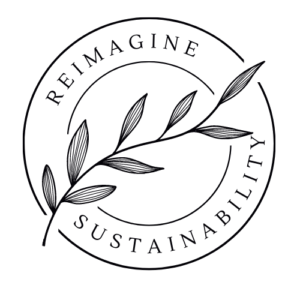My sustainability journey… What impact can I create? I’m just one individual. Does this sound familiar to you?
Does it sometimes seem like you cannot see the forest because of all the trees? That’s how I feel often in the sustainability space. Reports, regulations, laws, carbon capture, and tons of sustainability (doom) data circulate around.
What are they missing? Humanness, nature and lightness.
A sustainability journey is about doing different things, not doings things differently
As a sustainability entrepreneur, I want to inspire and support you in exploring, developing and implementing a sustainability mindset.
Let’s start small. Why get overwhelmed right at the start of the path to sustainability?
You cannot cultivate prosperity on an overwhelming ground. Deep down, you know what you want to change, but are not getting the chance to make change happen. Engraved business-as-usual thinking and status quo paradigms pressure you to behave in certain ways.
Unsustainable behaviour is the norm and actively implemented by big industry players – it benefits them massively. Why should they bother to make sustainability the default?
You are not a consumer. You are a human-being.
However, breaking out of the autopilot vicious cycle is the first step you need to undertake on your sustainability learning journey.
Thinking beyond societal and economic boundaries is the tricky part.
Your sustainability journey should not begin with dismantling destructive and exploitative economic and societal structures. That is too overwhelming, too complex.
Your sustainability learning journey starts with reflection
If you want to start your sustainability journey on an individual level, you need to start with self-reflection. Here, I do not mean self-improvement or development. What I mean by that you start reflecting on where you are and where you want to go on your sustainability journey.
In short: Creating a future worth looking forward to.
For this matter, I developed self-reflection questions for you to ponder on. Every sustainability learning journey is unique. Therefore, harvesting your uniqueness will open opportunities for you that benefit you and sustainable development.
Making sense of the world is not necessary. It’s too much of a mess
How to start your sustainability journey? Most likely, you grew up in a societal environment with stuck worldviews and unsustainable perspectives.
Being simply interested in sustainability is the first step to making change happen.
Now, I want to present you with some self-reflection questions about a sustainability mindset to encourage you to assess your perspective, values and actions in relation to your sustainability journey.
By pondering these questions, you can deepen your understanding and commitment to fostering a sustainability mindset:
- Are the actions I’m taking aligned with my values for sustainability?
- Am I open to challenging and changing habits that are not sustainable?
- Do I see sustainability as an opportunity to make a positive difference?
- Am I considering the long-term impact of my choices on the environment and society?
- How can I shift my thinking to prioritise sustainability in my life?
- How can my sustainability mindset contribute to creating broader change?
- How can I understand the connections between social, economic, and environmental factors in sustainability?
- How can I inspire others with my sustainable mindset and actions?
- What small steps can I take to live a more sustainable lifestyle?
- How can I embrace sustainability as a way of life that touches every aspect of my daily decisions?
Take your time to answer those questions. You can write them in your journal or on a piece of paper. After a couple of months, I recommend you review your answers. Journeys change you, and so will your priorities. Some require a bit of understanding about sustainability.
Start small, think big.
I prepared a free digital template for you to print or use digitally. Simply, sign up for the weekly Reimagine Sustainability Newsletter and I will send you a copy of the Sustainability Learning Journey template.

It can be difficult to reflect on some of those. I have to admit that some of the questions require some understanding of sustainability. Nonetheless, you need to get challenged to think big.
Your sustainability learning journey is just the beginning
Starting small is the key to thinking big when it comes to sustainability. By taking manageable steps, embracing a sustainability mindset, and exploring the many opportunities, you will pave the way for positive change – in your life and the world.
So, let us embark on this journey together, armed with knowledge, passion, and the determination to create a more sustainable future for all. Get ready to make a lasting impact, one small step at a time!
Let’s conclude with a cheesy sustainability journey quote: Sustainability is a journey, not a destination



0 Comments